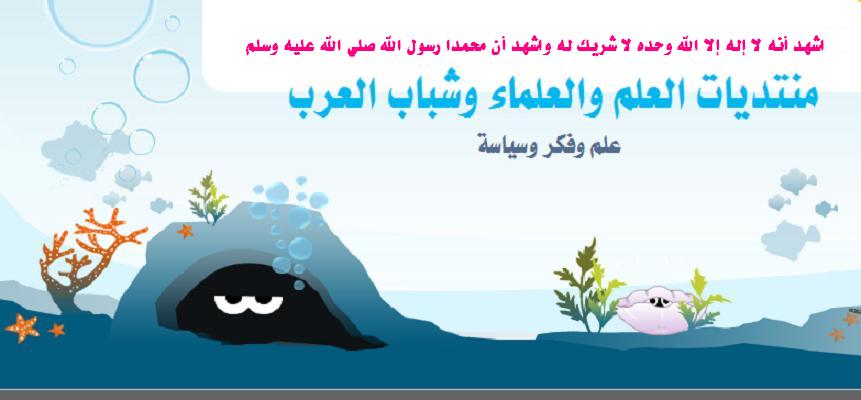إقترح ترجمة لهذا النبات الطبي Abelmoschus manihot - (L.)Medik. Aibika
 إقترح ترجمة لهذا النبات الطبي Abelmoschus manihot - (L.)Medik. Aibika
إقترح ترجمة لهذا النبات الطبي Abelmoschus manihot - (L.)Medik. Aibika
Abelmoschus manihot -
(L.)Medik.

Aibika
Physical Characteristics
icon of man icon of perennial/biennial/annual Perennial growing to 2m at a fast rate.
It is hardy to zone 9 and is frost tender. It is in flower from July to September, and the seeds ripen from August to October. The flowers are hermaphrodite (have both male and female organs) and are pollinated by Insects.
The plant prefers light (sandy), medium (loamy) and heavy (clay) soils and requires well-drained soil. The plant prefers acid, neutral and basic (alkaline) soils. It cannot grow in the shade. It requires moist soil.
Habitats
Cultivated Beds;
Edible Uses
Edible Parts: Flowers; Leaves.
Young leaves - raw or cooked[183, 200]. Sweet and mucilaginous[183]. Flower buds - raw or cooked[183].
Medicinal Uses
Plants For A Future can not take any responsibility for any adverse effects from the use of plants. Always seek advice from a professional before using a plant medicinally.
Emmenagogue; Odontalgic; Vulnerary.
The bark is said to be emmenagogue[240]. A paste of the bark is used to treat wounds and cuts, with new paste being applied every 2 - 3 days for about 3 weeks[272]. In Nepal the root juice is warmed and applied to sprains[272]. The juice of the flowers is used to treat chronic bronchitis and toothache[272].
Other Uses
None known
Cultivation details
Easily grown in any well-drained soil in a sunny position[200]. Plants will tolerate occasional short-lived lows down to about -5°c so long as they are in a very well-drained soil[260]. A perennial plant, it is generally tender in the temperate zone but can be grown outdoors as an annual, flowering well in its first year and setting seed[200, K]. Plants will occasionally overwinter in a cold greenhouse[K]. It grows well in an ornamental vegetable garden[200].
Propagation
Seed - sow March in a warm greenhouse. The seed should germinate with two weeks, when it is large enough to handle prick it out into individual pots and plant out after the last expected frosts. The seed can also be sown in situ in late April in areas with warm summers.
(L.)Medik.

Aibika
| Author | (L.)Medik. | Botanical references | 200, 266 |
| Family | Malvaceae | Genus | Abelmoschus |
| Synonyms | Hibiscus manihot - L. | ||
| Known Hazards | None known | ||
| Range | E. Asia - South-eastern Asia to Northern Australia. | ||
| Habitat | Wasteland and humid rocky hillsides[260]. In Nepal it grows at elevations of 700 - 1700 metres in rocky places with shrubs[272]. Grasslands, near streams and margins of farm land[266]. | ||
| Edibility Rating | Medicinal Rating | ||
Physical Characteristics
icon of man icon of perennial/biennial/annual Perennial growing to 2m at a fast rate.
It is hardy to zone 9 and is frost tender. It is in flower from July to September, and the seeds ripen from August to October. The flowers are hermaphrodite (have both male and female organs) and are pollinated by Insects.
The plant prefers light (sandy), medium (loamy) and heavy (clay) soils and requires well-drained soil. The plant prefers acid, neutral and basic (alkaline) soils. It cannot grow in the shade. It requires moist soil.
Habitats
Cultivated Beds;
Edible Uses
Edible Parts: Flowers; Leaves.
Young leaves - raw or cooked[183, 200]. Sweet and mucilaginous[183]. Flower buds - raw or cooked[183].
Medicinal Uses
Plants For A Future can not take any responsibility for any adverse effects from the use of plants. Always seek advice from a professional before using a plant medicinally.
Emmenagogue; Odontalgic; Vulnerary.
The bark is said to be emmenagogue[240]. A paste of the bark is used to treat wounds and cuts, with new paste being applied every 2 - 3 days for about 3 weeks[272]. In Nepal the root juice is warmed and applied to sprains[272]. The juice of the flowers is used to treat chronic bronchitis and toothache[272].
Other Uses
None known
Cultivation details
Easily grown in any well-drained soil in a sunny position[200]. Plants will tolerate occasional short-lived lows down to about -5°c so long as they are in a very well-drained soil[260]. A perennial plant, it is generally tender in the temperate zone but can be grown outdoors as an annual, flowering well in its first year and setting seed[200, K]. Plants will occasionally overwinter in a cold greenhouse[K]. It grows well in an ornamental vegetable garden[200].
Propagation
Seed - sow March in a warm greenhouse. The seed should germinate with two weeks, when it is large enough to handle prick it out into individual pots and plant out after the last expected frosts. The seed can also be sown in situ in late April in areas with warm summers.
 مواضيع مماثلة
مواضيع مماثلة» إقترح ترجمة لهذا النبات الطبي Abelmoschus esculentus - (L.)Moench. Okra
» إقترح ترجمة لهذا النبات الطبي Zelkova serrata - (Thunb.)Makino.
» إقترح ترجمة لهذا النبات الطبي Abies alba - Mill. Silver Fir
» إقترح ترجمة لهذا النبات الطبي Abies amabilis - Douglas. ex Forbes. Red Fir
» إقترح ترجمة لهذا النبات الطبي Abies balsamea - (L.)Mill. Balsam Fir
» إقترح ترجمة لهذا النبات الطبي Zelkova serrata - (Thunb.)Makino.
» إقترح ترجمة لهذا النبات الطبي Abies alba - Mill. Silver Fir
» إقترح ترجمة لهذا النبات الطبي Abies amabilis - Douglas. ex Forbes. Red Fir
» إقترح ترجمة لهذا النبات الطبي Abies balsamea - (L.)Mill. Balsam Fir
صلاحيات هذا المنتدى:
لاتستطيع الرد على المواضيع في هذا المنتدى

 البوابة
البوابة أحدث الصور
أحدث الصور




